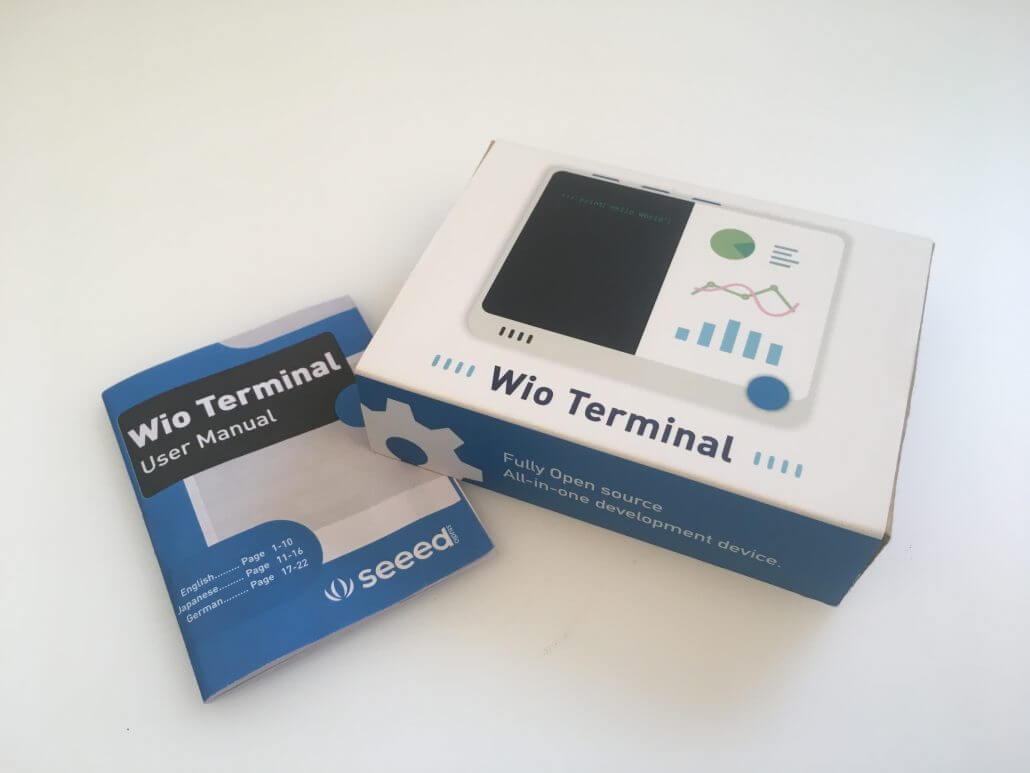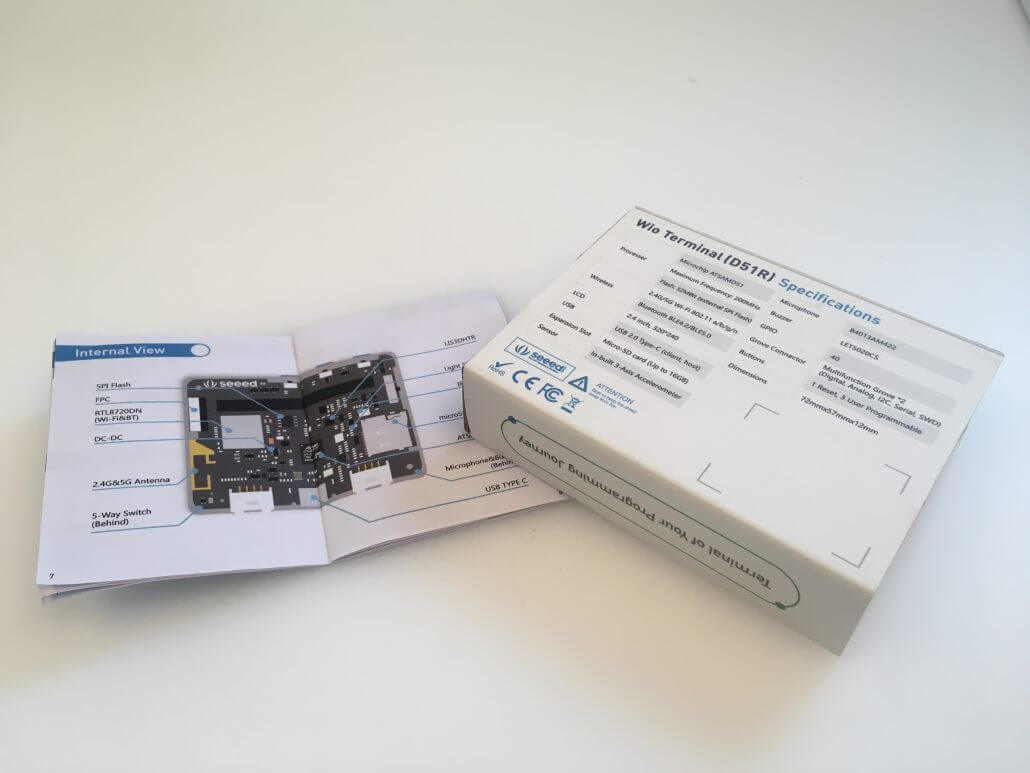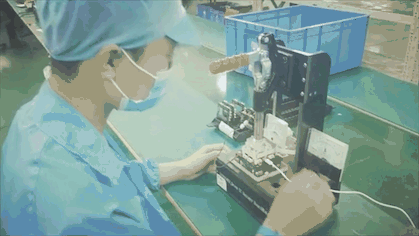Full Open Source Hardware Manufacturing – NPI (New Product Introduction) – Process of Wio Terminal
NPI(New Product Introduction) is the process that takes an idea from an initial working prototype through various structured phases and results in a finished product being launched into the market. This process is driven and managed by a professional team that keeps track of every aspect of the project. This will help companies to verify the whole manufacturing process including all engineering preparations, functional testing, etc., in order to avoid any possible mistakes in advance.
Today, we will lead you to dive into our Wio Terminal NPI kick-off meeting as well as the preparation of the NPI process. Please follow up with our Wio Terminal Project Engineer who will show you what we must do to prepare for the NPI process. Let’s have a look!
DFM: A Critical Step for New Product Introduction
DFM(Design for manufacturing), is the first step in the NPI process. Once obtaining the information for kicking off the NPI process, we will carefully review all the files and evaluate if there are any issues we figured out needed to be modified according to the product design.
First, we need to check all the production documents to see whether all the files are available. Here we listed some essential files below:
- Source file
- Gerber
- BOM
- Assembly drawing
- Test spec
- Mechanical drawing
- …
Then, we will review all documents to see if any optimizations can be done for the production, and to prevent the problems happening during the production in advance.
- Check Gerber package including all layers and X, Y data
- Check the PCBA board to confirm whether the material layout design, such as the board thickness, board thickness, etc., is reasonable for production.
- Check the BOM, which should define the component to be used clearly and no MPN and description missing.
- Review assembly drawing
- Review test specification
- Check package requirement, shipment requirement and any special requirement from the customer
- …
Finally, a DFM report will be released for evaluation and see if any modifications are needed.
- For OEM (Original Equipment Manufacturer) or ODM (Original Design Manufacturer) product, DFM report will be handed to our customer and our R&D team
- For our self-developed products, DFM report will be provided to our R&D team
Prepare for Production
Once DFM is finished, we can start purchasing materials for long-lead-time components, and then prepare for production. In order to avoid any possible issues that occurred in mass production, there are some essential preparations needed to be done during the NPI process.
- Prepare PCB panel: We will provide the PCB panel information to the PCB vendor, who will output the PCB Panel Gerber file according to our single board Gerber file. After that, the PCB vendor will send the PCB Panel Gerber to us for final confirmation. If there is no further adjustment needed, PCB can be fabricated by the PCB vendor.
- Prepare stencils: Our Project Engineer will prepare stencils for SMT. The stencil design files will be output according to PCB Panel Gerber files.
- Evaluate the production time and prepare SOP for production: By assembling the samples like we showed in the vlog, we can evaluate the production time for each product and record the assembly process for SOP writing. During this process, we will also discuss with the R&D team if there are any problems appeared.
- Verify the test process: The Project Test Engineer will verify and confirm the test process according to the test sample, after which the production planning team will arrange the production.
Moving to Production


As you can see in the vlog, we are still optimizing all the SOP and schedules for the final production. So far, the Hardware design of the PCBA has been finished, and the production is ongoing. For the packaging parts such as the box, sticker, and manual, we have finished the design and made a few samples as the pictures above. For mechanical parts, we are at the status of T2, and will check the T2 samples on 6 th of April. (Check our very first vlog about the Injection Molding of Wio Terminal!)
Next week we will move to production and are planning to talk about the assembly, quality test, etc,. Which part will strike you most? Stay tuned with us and let us know what else you want to see in our next vlog!


Explore More at Our Forum
Want to know more about Wio Terminal? Our brand-new Forum has been released and is waiting for you to join our discussion! Feel free to post your questions or any technical issue about Wio Terminal at our forum. We can’t wait to hear your voices and welcome all suggestions!
In case of anyone having no idea of what Wio Terminal is, let’s take a look at it together!
A Brief Introduction of Wio Terminal
Wio Terminal is a simple and tiny device to build I/O with the physical world. It is an ATSAMD51-based Dev. board with wireless connectivity supported by Realtek RTL8720DN.